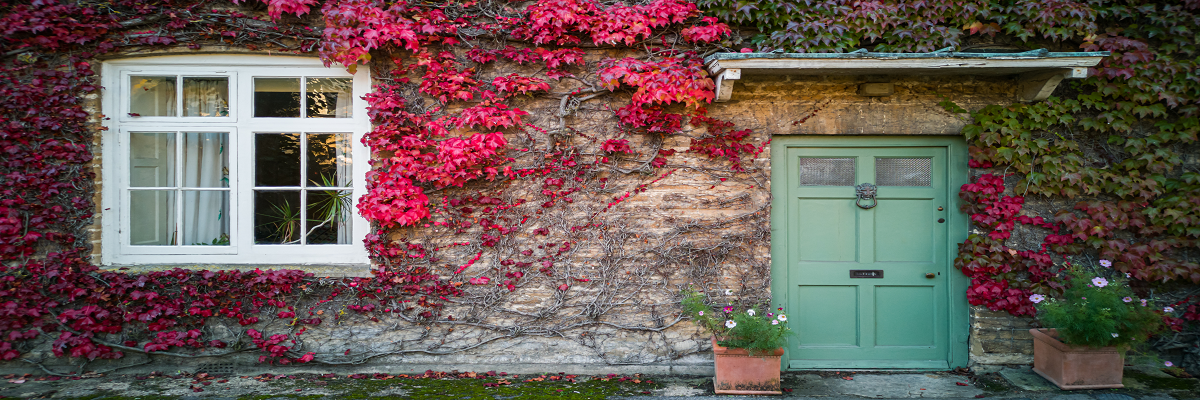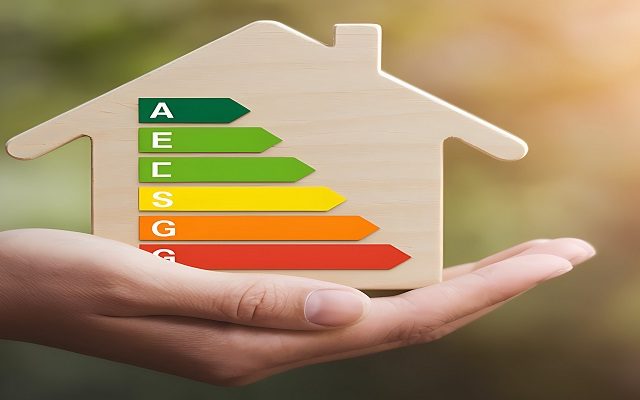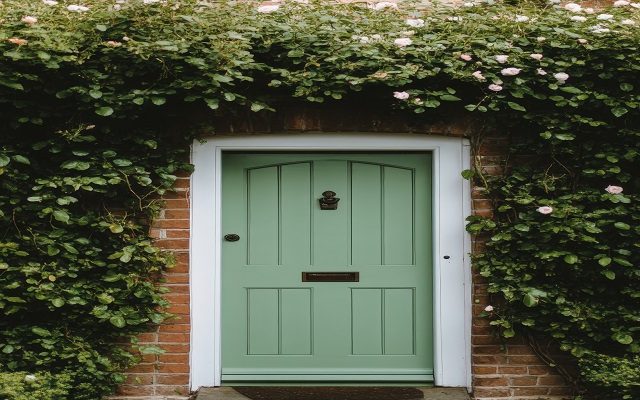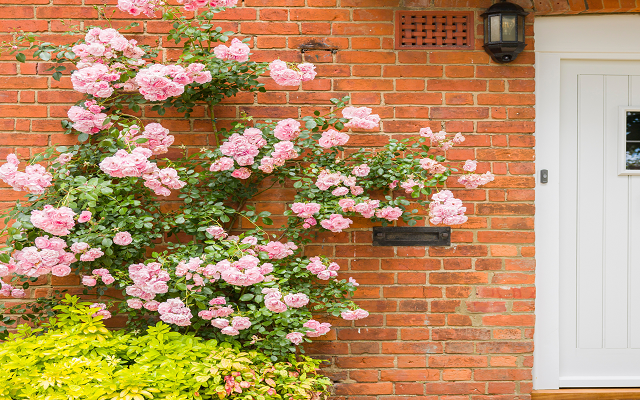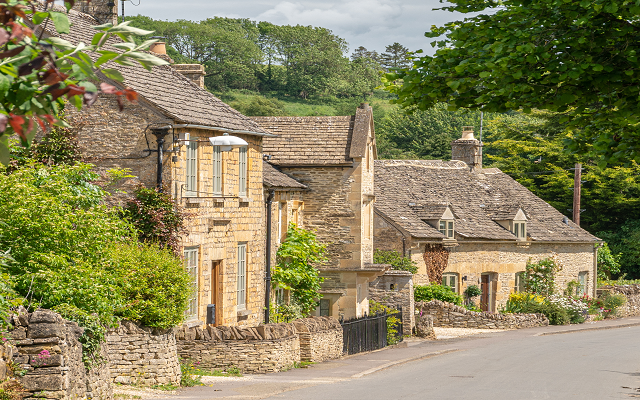Smart retrofits to improve energy efficiency in rural homes
Homes in rural locations have a unique character but can score poorly when it comes to thermal performance, making them expensive to run and more challenging to let.
Alexander Macfarlane, Head of Building Consultancy, offers some advice on key considerations when looking at improving energy efficiency.
1. ROOF
You must first understand if you are dealing with a cold or warm roof. Cold roofs are where there is a clear, ventilated uninhabitable space and the rafters are exposed. In these cases, the insulation is laid above the ceiling of the rooms below. However, when upgrading insulation within a cold roof too much insulation can be just as bad as too little, resulting in a very cold roof void with a high relative humidity. This allows mould to grow and can lead to decay in roof timbers.
A warm roof space is where there is an attic room or loft conversion. Old loft rooms often contain no insulation other than that provided by the thickness of the lath and plaster ceiling itself. When upgrading this space, the insulation can be added along the rafter line.
There are three main forms of insulation to choose from: quilts which come in long lengths, offer flexibility but can suffer from sagging and air pockets which leads to heat loss; batts which are a firm or semi-rigid form of insulation that can be fitted between rafters without mechanical fixings; and loose fill which is pumped in by installers.
Before starting any work, check the space for bats and nesting birds as it may be necessary to modify how works are undertaken as they are statutorily protected. It is usually best to remove old insulation and start again, but some older types of insulation are irritants and if asbestos is present, it will need licenced removal.
Where there are older electrical installations, get the system checked by a competent NICEIC electrician and, where possible, relocate cabling to above the finished insulation to avoid the risk of fire from overheated cabling.
2. CHIMNEYS
Period properties often have an open fire or wood burner which provides residual heat to the mass of a building while reducing moisture levels internally. It is essential to ensure they are checked and swept on a regular basis. Background ventilation is also crucial. This was originally provided passively by draughts from leaky windows and doors, so other means of ventilation must be provided where these gaps have been stopped.
Chimneys by their design can be the cause of heat loss and draughts. Where more traditional methods such as register grates are not available, consider a draught excluder. These can be installed on a temporary basis in the bottom of the flue when the fireplace is not in use. However, it is important to retain a small amount of ventilation to the flue to avoid condensation. Not doing so can result in the chimney flue sweating’ and damp patches becoming visible on the surface finishes.
3. SUSPENDED FLOORS
The ventilation required to stop the joists under a suspended timber floor from rotting can result in a draughty room, particularly where the floorboards have shrunk over time, opening up small gaps. A typical 4x4m room can be expected to have approximately 27 floorboards and a 1mm gap between each equates to a total gapping area of 0.1m2. This is the equivalent of leaving a small window permanently open.
You must remedy any damp-related problems before attempting to insulate a suspended floor. It may be useful to commission a below-ground drainage survey to identify any leaks leading to excess ground water. Also check that external ground levels are lower than the internal floor, vents and grilles are unblocked and ensure that rainwater goods and gullies are free-flowing.
A good way of insulating a suspended timber floor is to use stiff, wood fibre insulation batts between the joists, supported underneath by a breather’ membrance and then topped by a second airtight membrane known as a vapour control layer (VCL). This VCL runs up the wall and then is fixed behind the skirting board, before the floorboards are relaid.
4. WALLS
Many companies promote quick and easy solutions for insulating old walls, all too often without understanding the long-term consequences. It is crucial to find a solution that is compatible with the breathability of the property’s traditional construction materials, rather than introducing a system that has been designed for a modern cavity-wall.
Insulating properties with a solid-walled envelope is technically challenging and factors such as the wall’s construction, thickness, orientation, location and exposure need to be considered.
Internal wall insulation may be an option, but an inappropriate or poorly installed system can damage the structure of the property if it increases dampness within the wall. High moisture levels run the risk of any timber embedded within the wall, such as joist ends and lintels, decaying. Internal wall insulation can also result in the loss of period features.
External insulation can be more technically appropriate and works if there is a pre-existing render or clad finish as the surface can be insulated and then re-rendered without changing the appearance. Always select an insulating product which is more breathable than the wall onto which it is applied, so that any moisture within the masonry can move to the outside.
5. WINDOWS
Old windows can be made more energy efficient than many people think. Research has demonstrated that with care and sensitive intervention, traditional windows can outperform their modern counterparts.
The thermal performance of a window is affected by two factors conduction through the glass and then draughts around the frame. Installing secondary glazing can be a good option for draughty windows. It is discreet with the added benefit of being reversible should it be necessary.
Double glazing is an option in more homes than people realise, with the term referring to the glass alone, rather than the whole window. This means its installation does not always necessitate a wholesale replacement of the frames.
It may be possible to fit a 10mm-thick, slim-profile double glazing unit to existing window glazing bars. The use of Low-E glass is on the rise. This low-emissivity glass benefits from a coating which reflects heat, making windows more energy efficient in the winter and keeping internal spaces cooler in the summer months.
Advice should always be sought from an experienced property professional to ensure measures offer the desired benefits without impacting the fabric of the building. Consent is also likely to be required for many actions in period and listed properties. For more information contact Alexander Macfarlane.
